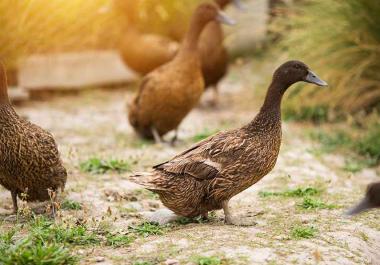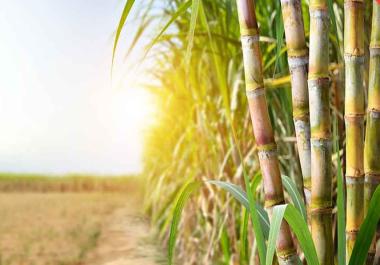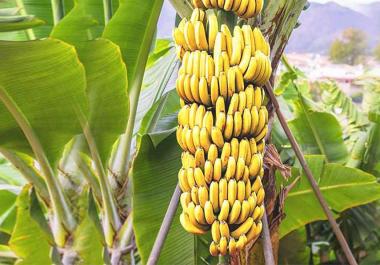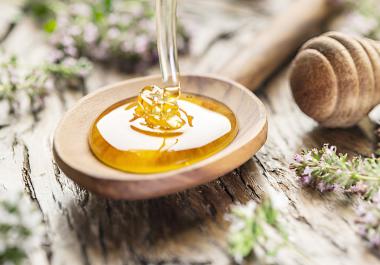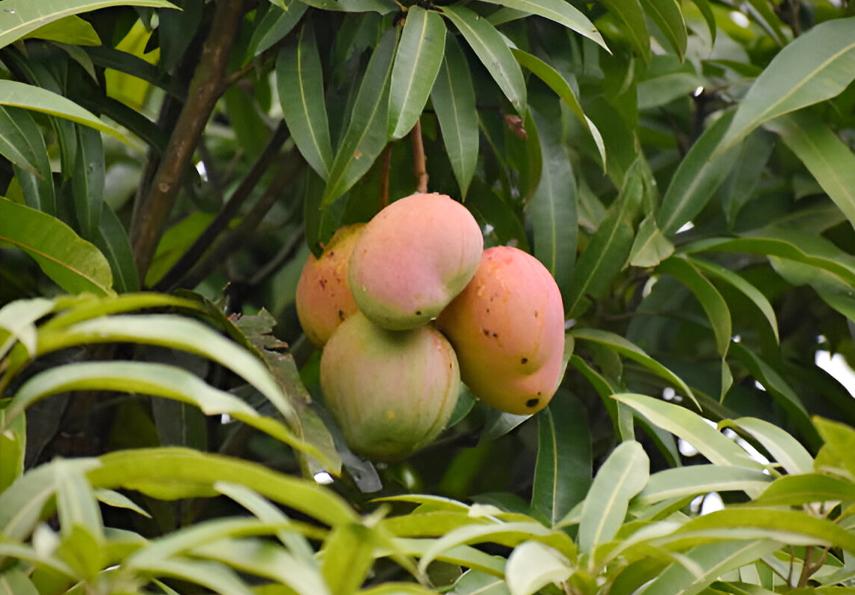
Harvest Time
2 years
Cultivated Crop Land - Mango
ROI
5.00% - 8.00%
Cost Per Unit
৳50,000.00 BDT
Invest End Date
30 Aug, 2025
Project Overview
1) Since this is a Murabaha contract concerning ownership of the Mango Orchard, investors won't have the option for an emergency exit. We'll register the 5 shatak (in Bengali) land in their name, along with 16 (Katimon) mango trees. Once the mangoes are produced, we'll sell them and share the profits with the investor. Therefore, we cannot return your investment amount before the project is completed.
2) Duration of Investment
The total investment amount will be - 4,87,00,000
This investment will be for a lifetime.
3) Projected ROI(Return of Investment)
The return on investment (ROI) will be 40% annually. In six (6) months, the investor will receive a halal dividend of 20%, equivalent to 60,000 tk (excluding service charges).
4) Investment Part
Minimum investment required would be 3,00,000 tk, and the halal dividend would be disbursed every six months.
For example, if someone invests 1,00,000 tk (One lac taka), they will receive 1,40,000 tk excluding service charges (1,00,000 tk as the investment part and 40,000 tk as the profit part in a year).
5) Service Charge
Grow Up will apply a 5% service charge on investors' profit. It should be noted that all of the mentioned ROI above are provided after excluding this service charge.
6) Contract Conditions
The investor will enter into a Murabaha Agreement with Grow Up Special Project concerning Mango Orchard Ownership. This involves purchasing land in the investor's name, benefiting from cultivation and production on the land, and receiving dividends every six months from the sale of mangoes produced on the land. Grow Up will serve as an agent for the investors, assisting in the purchase of mango orchards and managing the land for mango production on behalf of investors. Additionally, Grow Up will sell these Katimon Mangoes to merchants.
7) Risk Factor
According to our calculations, although the risk factor stands at 3%, GrowUp's highly expert team is equipped to handle these matters, as mentioned above. Furthermore, upon the Mango Orchard owner's request, we can also ensure an insurance policy.
8) Payment Delay
Grow Up has conducted an in-house analysis of the projected returns of the business and expects to be able to repay on time, barring any unforeseen risk factors.
9) Security
Grow Up provides the following documents to investors:
- Land registration in the owner's name
- Contract Deed (300 tk Stamp)
- Security cheque
- Money Receipt
- Guarantor
- Copy of Authorized deed
- Insurance
Project About
Cultivated Crop Land for Mango: A Comprehensive Guide
Introduction
Mango (Mangifera indica) is often referred to as the "king of fruits," widely celebrated for its flavor, nutritional value, and economic significance. Originating from South Asia, mango cultivation has now spread to tropical and subtropical regions worldwide. This guide aims to provide an in-depth understanding of mango cultivation, focusing on land preparation, soil requirements, climate conditions, irrigation, and management practices.
1. Understanding Mango Cultivation
1.1 Historical Context
Mango has been cultivated for thousands of years and holds cultural, religious, and economic importance in many regions. India remains the largest producer, contributing to over 40% of the world's mango supply.
1.2 Economic Importance
Mango is not only a staple fruit in many households but also a significant cash crop for farmers. The global mango market is valued in billions, and its demand continues to grow thanks to its versatility.
2. Land Requirements for Mango Cultivation
2.1 Soil Types
Mango trees thrive in a variety of soils, but specific conditions can enhance growth:
- Well-drained sandy or loamy soils: Mango trees prefer soils that provide sufficient drainage to prevent root rot. Heavy clay soils hold moisture and can be detrimental.
- Soil pH: Mango trees perform best in slightly acidic to neutral pH (6.0-7.5).
2.2 Land Preparation
Proper land preparation is crucial for successful mango cultivation:
- Site Selection: Choose a location that receives full sunlight and has good air circulation.
- Clearing the Land: Remove weeds, stones, and other debris to prepare the land.
- Tilling: Deep tilling is essential to break up compaction and incorporate organic matter.
- Soil Testing: Conduct soil tests to analyze nutrient levels and pH to make informed decisions about amendments.
3. Climate Requirements
Mango trees are sensitive to climatic conditions:
- Temperature: Ideal temperatures range from 24°C to 30°C. Trees can suffer in cold climates, as frost can damage flowers and young fruits.
- Rainfall: While mango trees require a dry period for fruit development, they generally need around 750-1000 mm of rainfall annually. Drip irrigation is recommended in areas with irregular rainfall.
- Humidity: Moderate humidity levels (50% to 60%) favor flower induction.
4. Planting Mango Trees
4.1 Propagation Methods
Mango trees can be propagated through:
- Seeds: Common but less reliable for specific varieties. Seeds should be germinated in suitable conditions.
- Grafting: This method is preferred for maintaining the quality of fruit and ensuring earlier fruiting. Grafting techniques include T-budding and chip budding.
4.2 Planting Techniques
- Spacing: Adequate spacing between trees is necessary for optimal growth and air circulation. Typically, a distance of 10-12 meters is recommended.
- Pits Preparation: Prepare planting pits 60 cm in size, filled with organic compost and some topsoil.
5. Management Practices
5.1 Water Management
Irrigation is vital, especially in dry periods:
- Drip Irrigation: Most efficient, minimizing water wastage and ensuring moisture reaches the root zone.
- Mulching: Helps retain soil moisture and suppresses weeds.
5.2 Nutrient Management
Mango trees require various nutrients for healthy growth:
- Fertilizers: Application of nitrogen, phosphorus, and potassium is essential. Organic fertilizers like cow dung can be beneficial.
- Micronutrients: Regularly check for deficiency symptoms and apply necessary micronutrients like zinc and boron.
5.3 Pest and Disease Management
Mango trees are susceptible to various pests and diseases:
- Common Pests: Fruit flies, mealybugs, and aphids.
- Diseases: Powdery mildew and anthracnose.
- Management Strategies: Integrated pest management (IPM) practices should be adopted. Use biological controls and avoid excessive pesticide application.
6. Flowering and Fruiting
Mango trees initiate flowering typically after two to three years of planting, depending on the variety. Factors like temperature, rainfall, and pruning have significant impacts on flowering.
6.1 Flower Induction
- Water Stress: Temporary drought conditions can encourage flowering.
- Pruning: Pruning techniques can enhance light penetration and air circulation, promoting flowering.
6.2 Fruit Development
Once flowers are pollinated (often by insects), fruit set occurs. Mangoes generally take about 3-6 months to mature, depending on the variety.
7. Harvesting
Understanding the right time to harvest mangoes is crucial for quality:
- Signs of Ripeness: Color change, size increase, and slight softness.
- Harvesting Techniques: Handpicking is recommended to avoid bruising. Use clippers to cut the fruit from the tree.
8. Post-Harvest Practices
Post-harvest management is crucial to maximizing the shelf life of mangoes:
- Sorting and Grading: Separate fruits based on size, color, and quality.
- Storage: Store mangoes in a cool, dry place to reduce spoilage. Proper packaging is vital for transport.
9. Market Trends and Future Prospects
9.1 Market Demand
With the rise of health consciousness and demand for natural fruits, the market for organic mangoes is increasing. Farmers should consider organic production systems.
9.2 Future Research
More research on disease-resistant varieties, sustainable farming practices, and advanced post-harvest technologies will help enhance mango production.
Conclusion
Mango cultivation presents a significant opportunity for agricultural development and income generation in suitable regions. With careful attention to land preparation, water management, pest control, and post-harvest practices, farmers can achieve successful yields and contribute to the growing global demand for this beloved fruit. Whether for local consumption or international export, mangoes continue to symbolize not just sustenance but also prosperity and joy.

